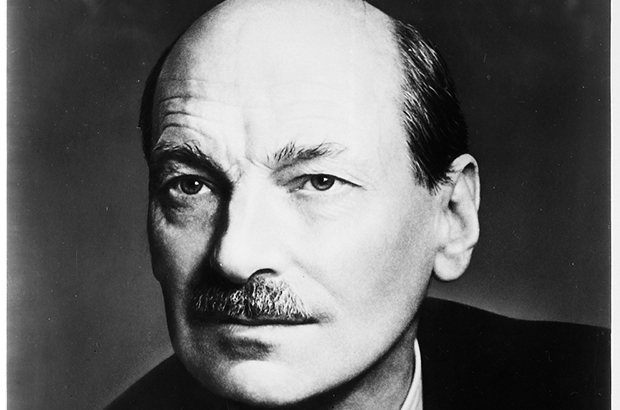The 1920s and 1930s saw the rise of macroeconomics, business cycle theories and economic planning. Can these new ideas about the aggregate economy and new methods of doing economics be understood as revolutionary, in the Kuhnian sense?
The 1920s and 1930s saw unprecedented fluctuations and depressions in the worldwide economy. Between 1929 and 1933, unemployment rose by over 20% in the U.S. and this level became standard across much of the western Europe. Prior to the 1930s, classical economics was the dominant and most widely adopted of current theories on the macroeconomy. The foundations were laid upon Say’s law, which dictates that production is the source of demand, and also on the assumption that prices were flexible and that there is equilibrium at full employment. A theory based on equilibrium at full employment meant the classical economists did not focus on employment itself, but rather on the issues of growth and allocation of resources at the full-employment level. Two implications come out of this: Firstly, as supply creates its own demand any possibility of serious depression is eliminated. Secondly, markets are self-adjusting and will return to full employment following fluctuations. In the field of economics the Great Depression therefore raised some serious questions. Coats (1960) argues, there was ‘growing concern about the inadequacy of existing theory’. It was becoming evident that unemployment in the 1930s was not returning back to normal through market forces as classical theory predicted, and classical economists were having difficulty explaining how it could be possible that goods were going unsold and workers were unemployed. It also revealed another anomaly in classical theory, that of deficient demand. Tuncer (2008) explores this: In classical theory, all goods and labour are sold, because prices and wages would drop until they did so. However, there were other factors that were not taken into account. In reality wages and prices are sticky and not flexible. Since wages are a part of income, a decrease in wages reduces demand for goods, which in turn reduces employment. Therefore a decrease in wages means that employers won’t be willing to hire more people, as would be predicted if ceteris paribus held in reality.

